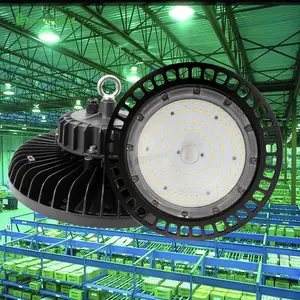
Reflector China Hi Viz Reflective Tape Material Reflector Stripe Fireman Uniform Custom Reflective Tape


Reflector Ufo Led High Bay Light With 60 90 120 Degree Reflector 100w 150w 200w 240w Clear Black Premium Luminous Body

















Reflectors are an essential component in the realm of photography and lighting, playing a pivotal role in manipulating light to achieve the desired photographic effect. These tools are not limited to professional photographers but are also valuable for businesses looking to enhance their product imagery. Reflectors come in various forms, including traditional surfaces that bounce light, as well as modern solutions like reflector 4 and reflector for windows, which are software applications designed to cast device screens onto other surfaces.
The versatility of reflectors is evident in their wide range of types and applications. From air reflector devices that enhance Wi-Fi signals to specialized iphone reflector and ipad reflector apps for content sharing, the utility of reflectors spans beyond traditional photography. In lighting, reflectors are used to direct light towards a specific area, with options like chrome reflector and mobile reflector providing solutions for various lighting conditions and needs.
Reflectors are crafted from diverse materials, each offering unique reflective properties. Plastic and fabric are common for physical light manipulation, while software-based reflectors, such as reflector pc and reflector android, are designed to be compatible with multiple operating systems. The choice of material or software depends on the user's specific requirements, whether it's for enhancing photographic lighting or streaming content from a device to a larger display.
The use of reflectors brings numerous advantages to both photography and digital display realms. They can improve the quality of lighting without the need for additional sources, and software versions like reflector 3 and reflector 4 android offer seamless streaming and mirroring capabilities. These tools are designed to be user-friendly, providing a cost-effective way to achieve professional-level results in both imagery and display.
Selecting the appropriate reflector requires consideration of the specific application and desired outcome. For photographers, the choice may involve physical attributes like size and shape, while digital applications may necessitate compatibility checks, such as ensuring the mac reflector version aligns with the operating system. The reflector price is also a factor, though it varies widely based on the type and complexity of the reflector.
Reflectors, whether in the form of physical devices or digital applications, are invaluable tools in the enhancement of light and display quality. Their diverse applications, from traditional photography to modern digital solutions, underscore their significance in various industries. By understanding the different types of reflectors and their specific uses, businesses and individuals can make informed decisions to meet their lighting and display needs.